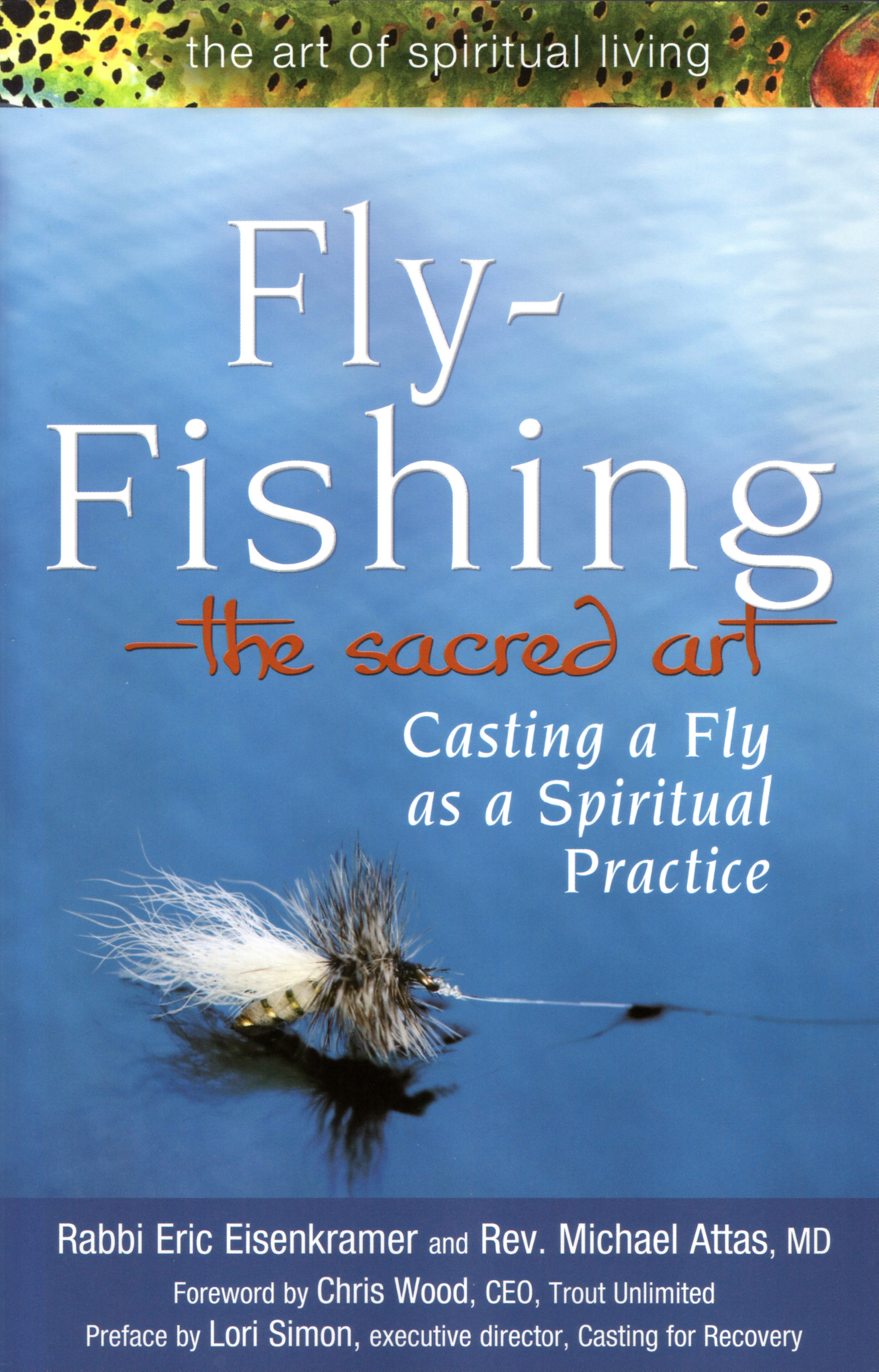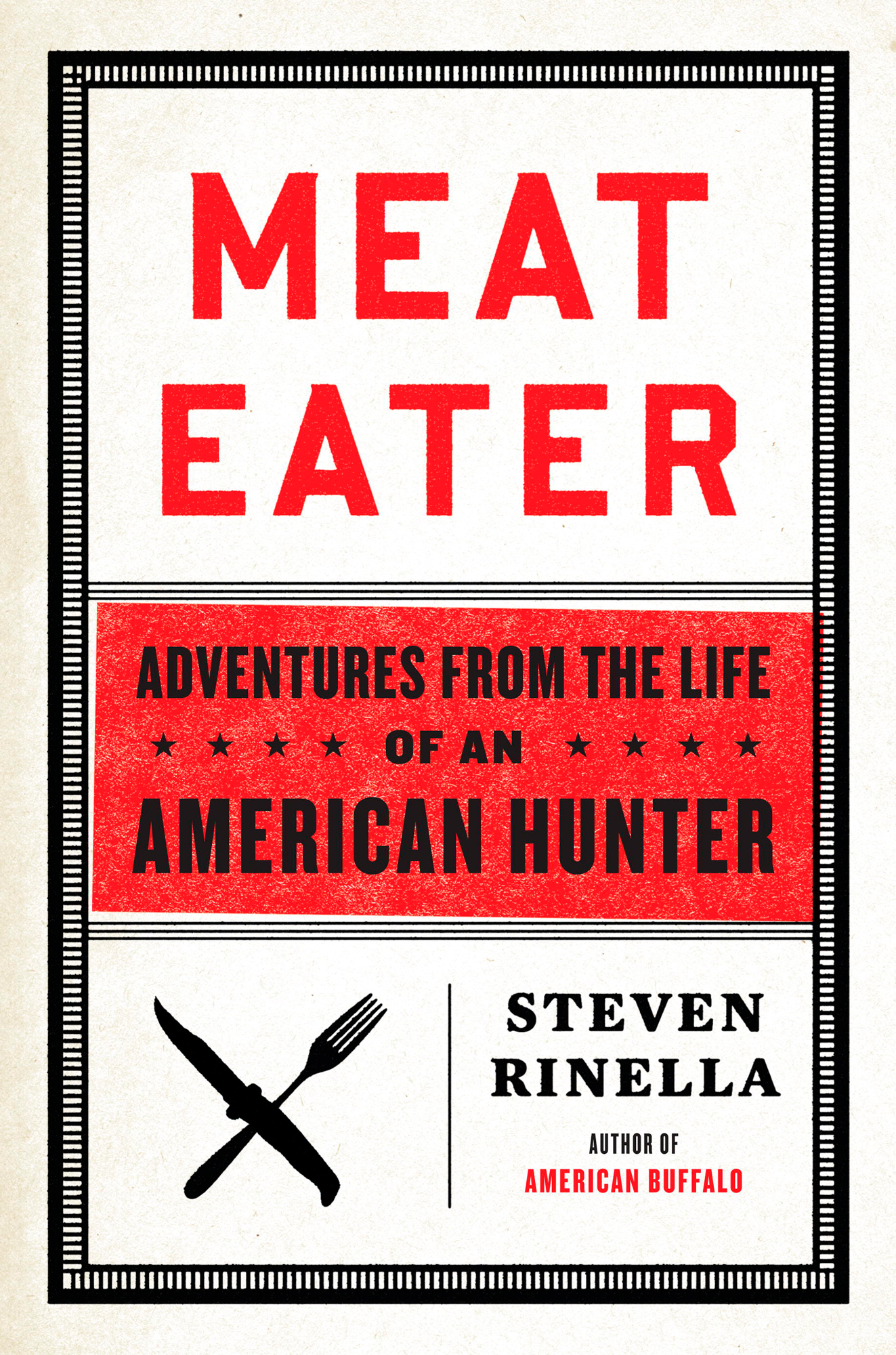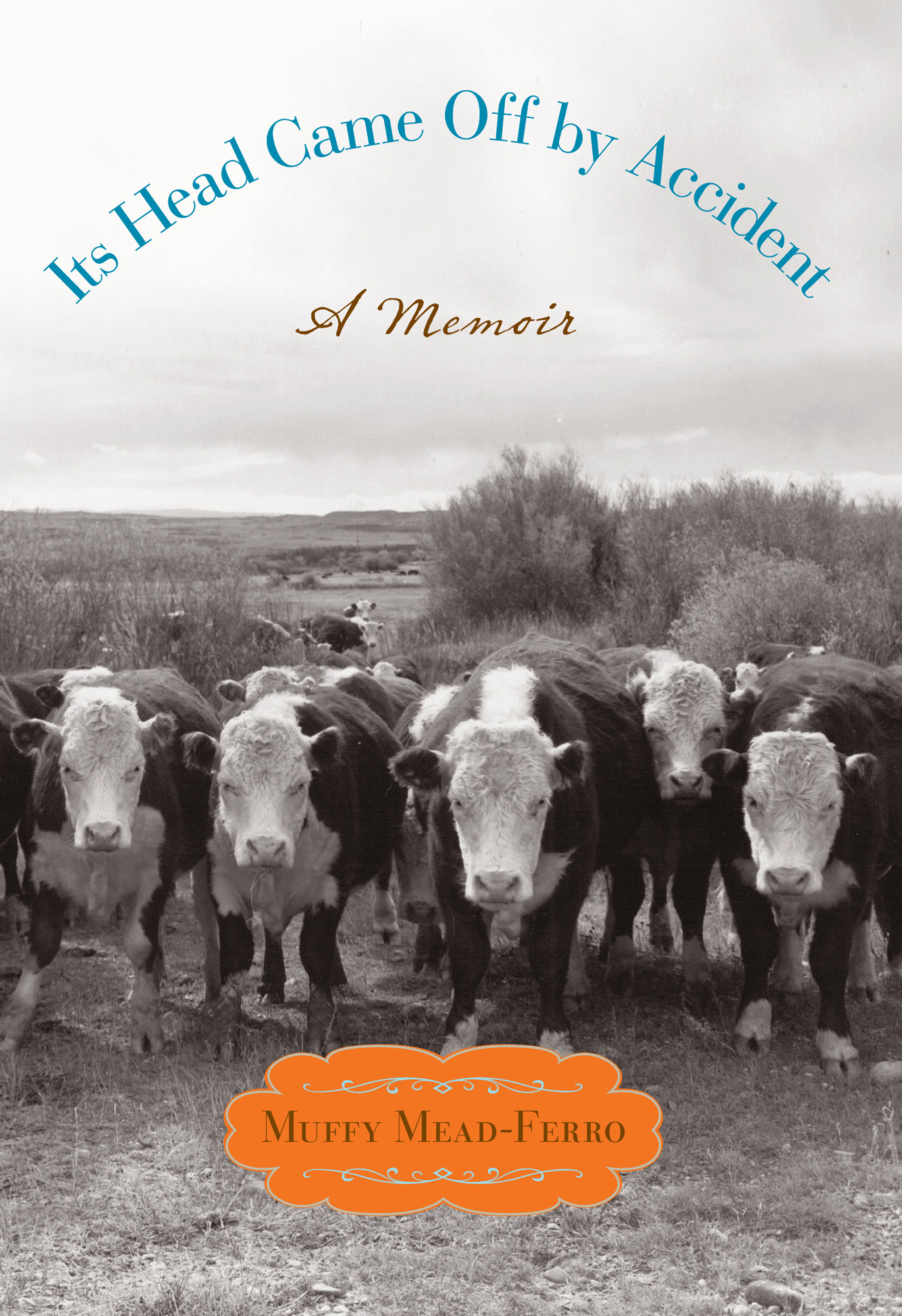
23 Jul Books: Writing the West (Summer 2011)
Blind Your Ponies
In Blind Your Ponies (Algonquin Books; $14.95), Stanley Gordon West asks the following questions, and then sets out to answer them: What makes a person never give up? What makes a Charlie Brown-like high school basketball team stay in the game? What makes an entire community cheer on that team, year after year? Talk about a challenge: “The school, whose greatest athletic achievement was fielding five standing, breathing boys, hadn’t won a basketball game in over five years, spreading a pall over the lives of those who identified with the community and its team.”
The book’s protagonist, Sam Pickett, is a high-school teacher in the small town of Willow Creek, Mont. He is also the coach of the aforementioned losing basketball team (no wins, 93 losses). He is also five years into a deep period of grief over the brutal, senseless killing of his young wife. And he is enamored of the old Crow Indian legend that tells of a group of warriors who, on returning to their camp after a hunting trip, discover their families dead of a smallpox outbreak. The anguished warriors blind their ponies and ride them off a 60-foot cliff.
How’s that for the first few pages of this 500-plus page novel? And yet — I know how this word sounds, but trust me, I don’t use it lightly and it’s appropriate — the novel is one of the most heartwarming books I’ve read in years. Like sun on a summer morning, this book sneaks up on you and warms you before you realize what’s happened. And then, of course, it’s too late to do anything else — might as well kick back and enjoy.
Thematically, there is healing, redemption, and discovery as Sam Pickett comes to realize he’s not the only one with problems to work through. As the story unfolds, he begins to see the residents of his little town as if for the first time, and their everyday endurance and fortitude emboldens him. The town of Willow Creek and its inhabitants grow on the reader until they become old acquaintances, well-liked or not, the sort of people you might know in your own town.
Though it wouldn’t surprise me to learn a film version is in the works, I don’t recommend waiting. I’d tuck into the book ASAP. But be forewarned: You would have to be one resolute and hard-hearted reader to make it through without cracking a smile or shedding a heartwarming tear. Hmm, there’s that word again …
Driving on the Rim
On the face of it, Tom McGuane’s Driving on the Rim (Knopf; $26.95) is about the annoying yet endearing I.B. (Irving Berlin) “Berl” Pickett, M.D., an odd duck who finds himself in varying degrees of hot water. And so he does what any odd duck in that circumstance might do — he paddles in circles, looking for a way to climb out of the steamy pool. But the sides are steep and he realizes he’s making his way in a world unwilling to tolerate oddness. As with anyone who is familiar with McGuane’s past work, even though it’s been eight years since his last novel, I went into this book with high expectations. I needn’t have worried; the book is a fine read.
Berl is a stunted soul, fortunate to have been given guidance by a fatherly physician who sees in him potential and promise that Berl fails to see in himself. As the story progresses, Berl fumbles through his life, working out passive methods of grappling with a childhood at once traumatizing and inhibiting. And then he ends up suspected as the guilty party in a former lover’s death. Poor Berl …
Indeed, Driving on the Rim’s humor, dark and apt (“It is a truth universally acknowledged that a single woman in possession of a trailer has a gun.”) shines as one of the novel’s strongest elements. Oh, and then there’s the quirkiness of the tale, the engaging characters, the all-too-believable cloying nosiness of small-town life, McGuane’s ample truisms.
As with other McGuane novels, place is itself a character in Driving on the Rim, though McGuane eschews the tag of regional writer, preferring instead to point out that themes are universal, and their settings secondary. After unsuccessfully trying to convince an abused wife to leave her husband, Berl says of the incident: “On days like that, I saw this as a town spoiled by God’s displeasure.” Surely that’s place enough, for who can’t relate to such sentiment? McGuane offers readers food for thought, rumination on modern living, seemingly several times on every page. And he does so with a wry dark humor that is at once biting and painfully truthful.
The Totally Out There Guide to Glacier National Park
Though it’s classified as a “children’s” book, The Totally Out There Guide to Glacier National Park (Mountain Press; $15), written by Donna Love and illustrated by Joyce Mihran Turley, is a must-read for the entire family. This is no skimpy kids book: Not only is it jam-packed with stunning colorful illustrations and maps, recent and historic photos, but the book packs a wallop of information.
And how about the subject? No worries there, these folks know Glacier National Park. It’s covered in full, from the friendly, informative introduction through eight chapters that explain the park, its weather, flora, and fauna, what came before, and what lies ahead. The book doesn’t sugar-coat the fact that development and environmental concerns could harm the park and the migratory patterns of the animals that live there, but the book does offer hopeful solutions. The chapters are followed up with a “fun facts” section, a glossary, a list of useful books and Web sites for further research, and a handy-dandy index. It’s a beautiful book about a beautiful place that’s perfect for the kid in all of us.
Growing a Garden City
Growing a Garden City (Skyhorse Publishing; $24.95), by Jeremy N. Smith, describes and details Missoula’s community supported agriculture (CSA) organizations under the auspices of Garden City Harvest. It’s a handsome, hardcover book that documents how the residents of Missoula, Mont., have become fired up in their pursuit of the simple notion that eating locally grown food is not only doable, but beneficial in so many ways, including bringing together a diverse group of people, and helping others with various problems, including poverty and addiction. In presenting this project and its process and participants, the book is an unabashed call to arms … for farms. And it succeeds admirably. But it must be given time to work on the reader.
At first blush, the book is a hodge-podge read, a bit confusing: Is it a how-to? A picture book? But spend a minute with it, flip through its glossy, full-color pages, skim the contents, and readers will be pulled in by the real treasure this book offers: the profiles of the intentionally diverse group of participants. It’s the diversity among them that is striking, noticeable in various ways as one reads through them — we are given the founder, the student, the teacher, the family, the foodie, the farmer, the teenager, the senior, the single mother and many others. They all come together to help each other grow food that is raised locally — by them and their neighbors. Then, readers quickly find that the book, and by extension, what the subjects are doing — using the production of local foods to effect broad and lasting change — makes perfect sense. For these reasons, the book has to be one of the most subtle but inspiring how-to guides I’ve ever read.







No Comments